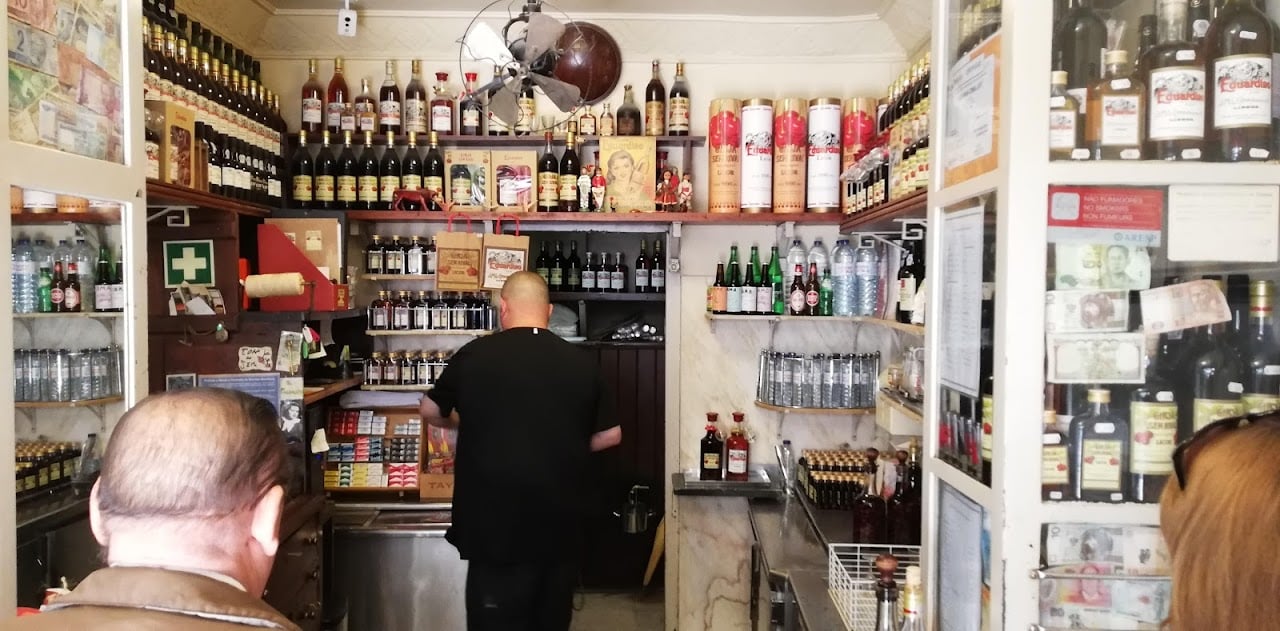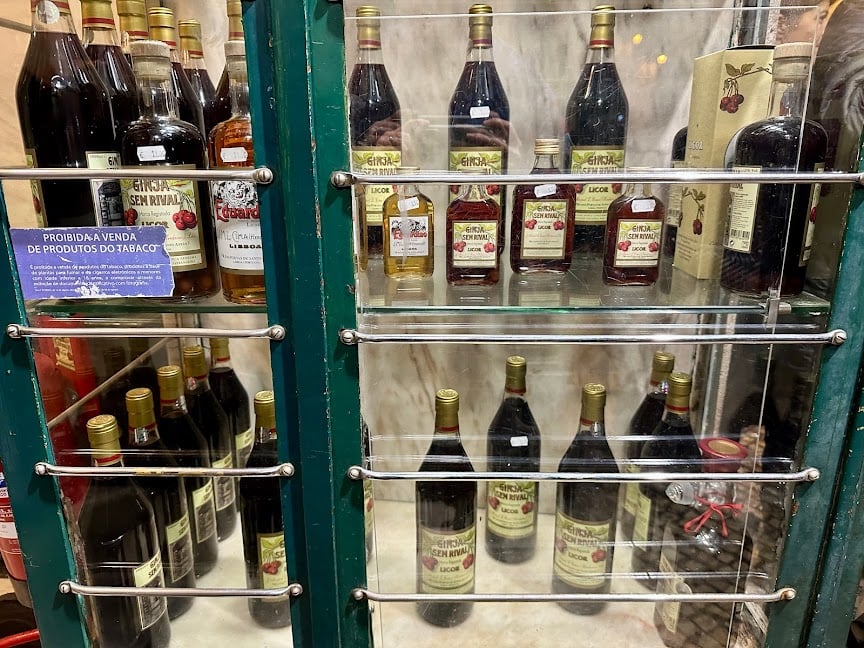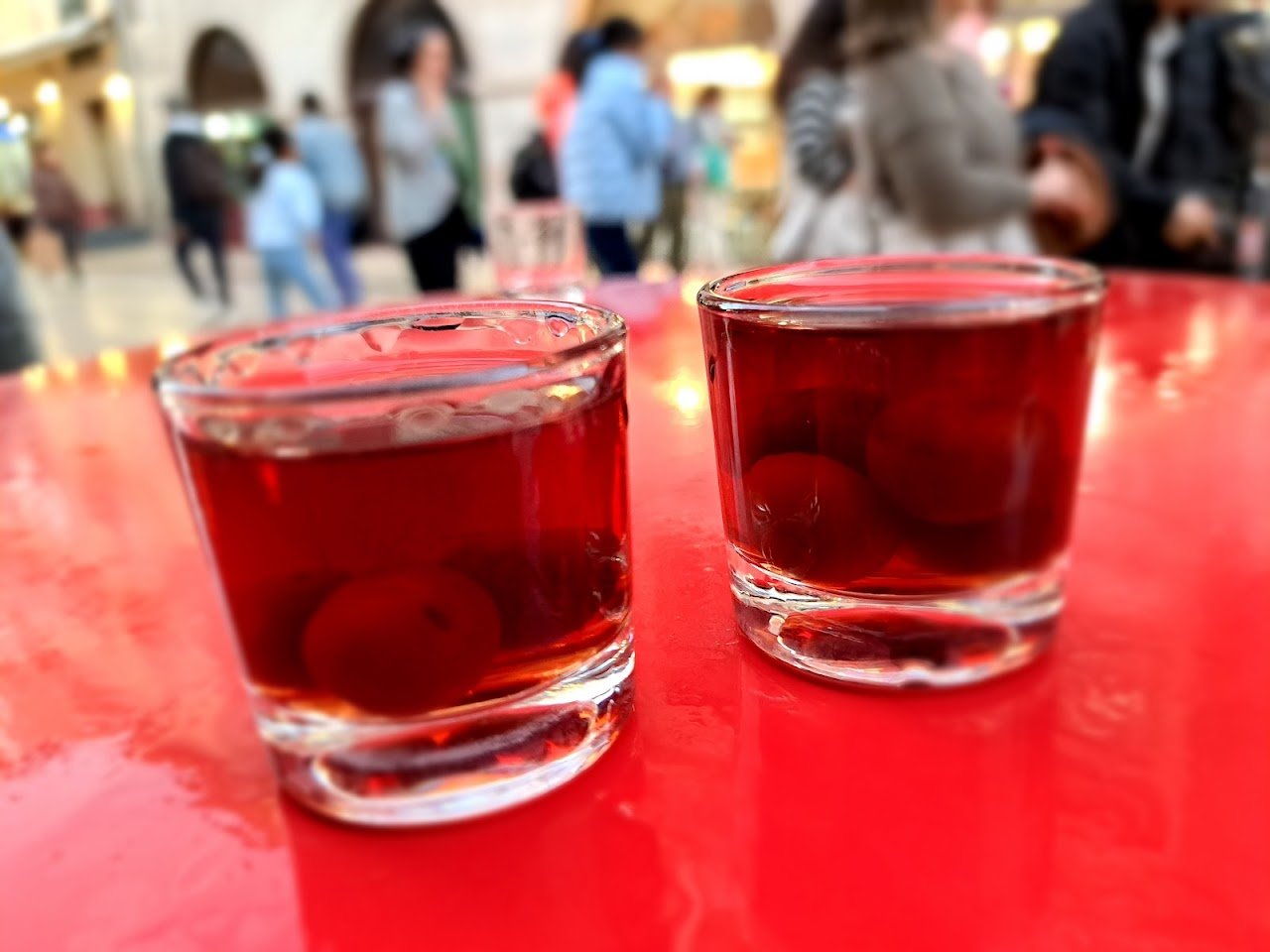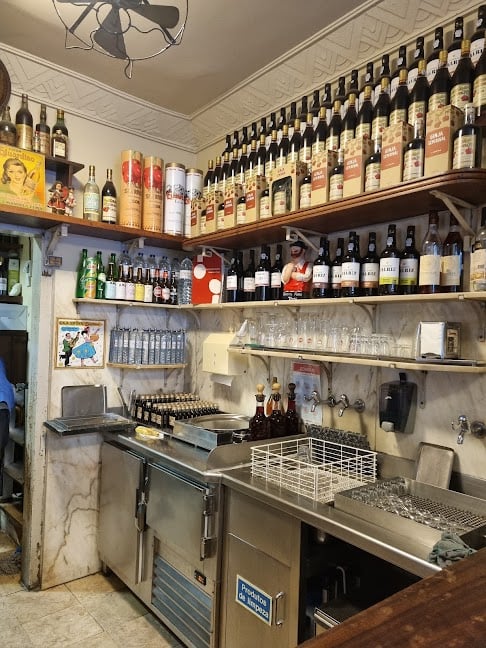Ginjinha Sem Rival





Ask ThatchGPT
Suggest a local expert to plan my trip
Suggest an unique itinerary for my Portugal trip
What foods do Portugal locals eat
What are some true hidden gems in Portugal
Help me brainstorm trip ideas for Portugal
Help me plan a family-friendly trip to Portugal
What people say
Miki Huntington
Available for hire
"The name translates to 'Ginjinha without a rival,' which is funny because there are many other spots to sample 'Ginja,' which is a local favourite sweet cherry liqueur served as a shot.
Ginjinha sem Rival opened in 1890 and is still run by the same family. The shop is tiny, so head inside to order and enjoy outdoors at the high top tables.
People in Portugal drink Ginja any time of day. If you want to sample a couple different shots, you can also visit A Ginjinha - opened in 1840 - located a few meters away (both are located just off Rossio Square). "
Read more in:
Chantel Loura
Available for hire
"Pronounced gin-jean-ya, Ginjinha Sem Rival is a tiny spot with a big reputation—serving Lisbon’s favorite cherry liqueur since 1890."
Emily Crum
Available for hire
"Ginjinha is a sweet cherry liquor invented in Lisbon where today it's practically a staple. "
Read more in:
Mentioned in these guides
About Ginjinha Sem Rival
Get the inside scoop on Ginjinha Sem Rival from local experts, travel creators, and tastemakers. Browse genuine trip notes, Ginjinha Sem Rival reviews, photos, travel guides, and itineraries from real travelers and plan your trip with confidence.
Phone
Save this spot for later or start mapping out a new trip today
Try our AI Travel Assistant and get instant answers to any questions about your trip.
Ask ThatchGPT


